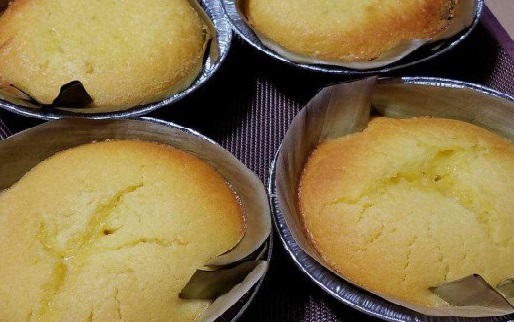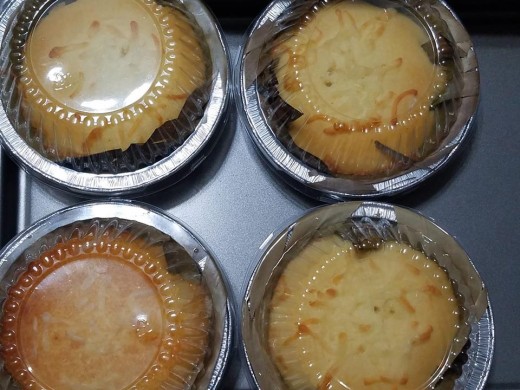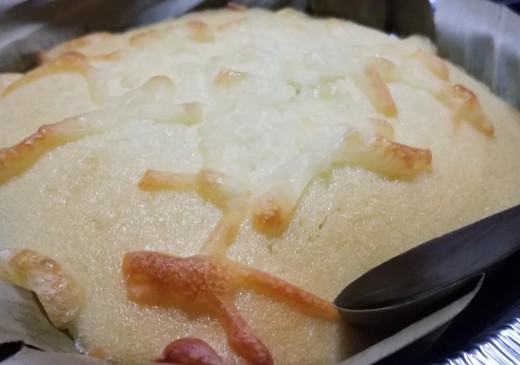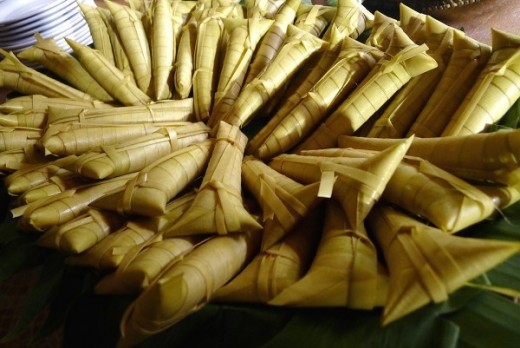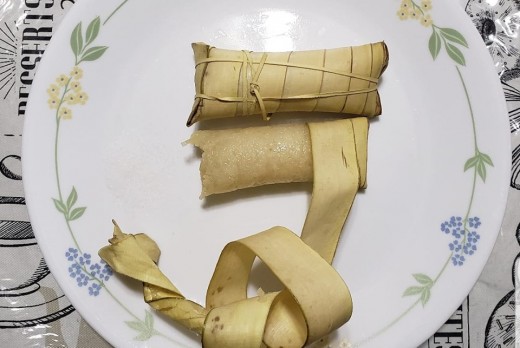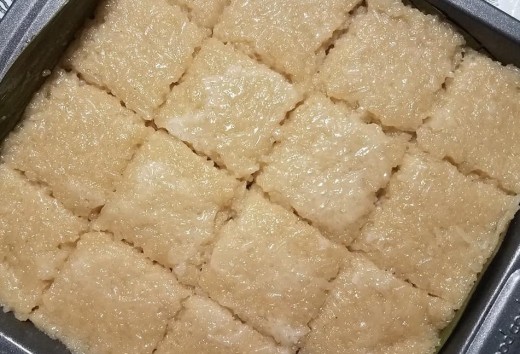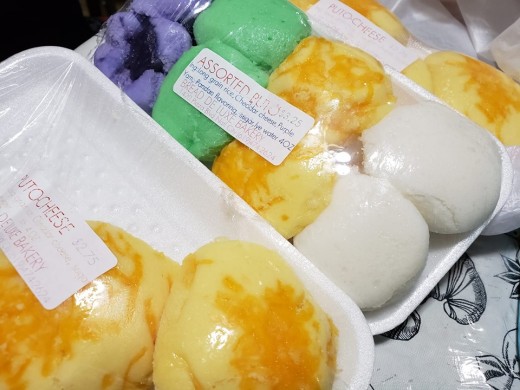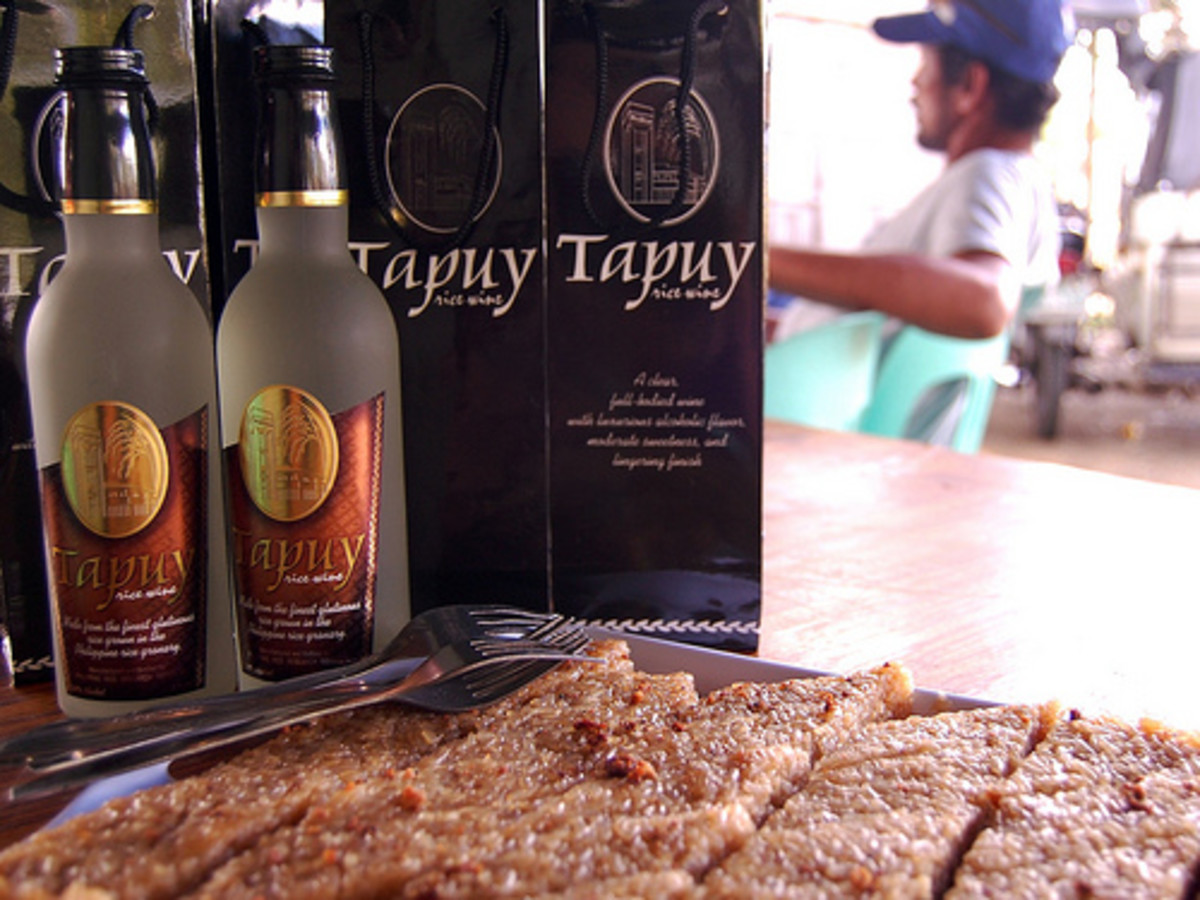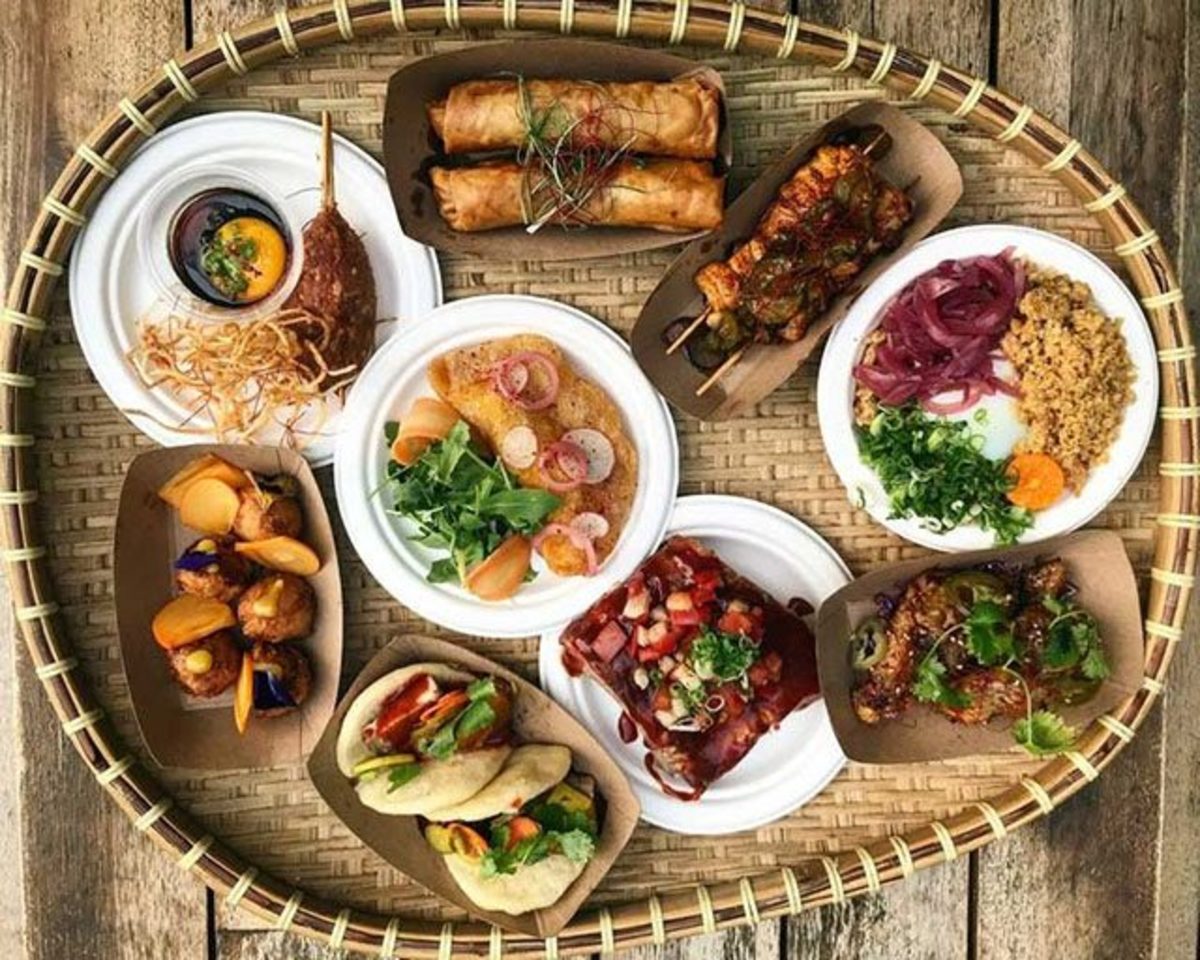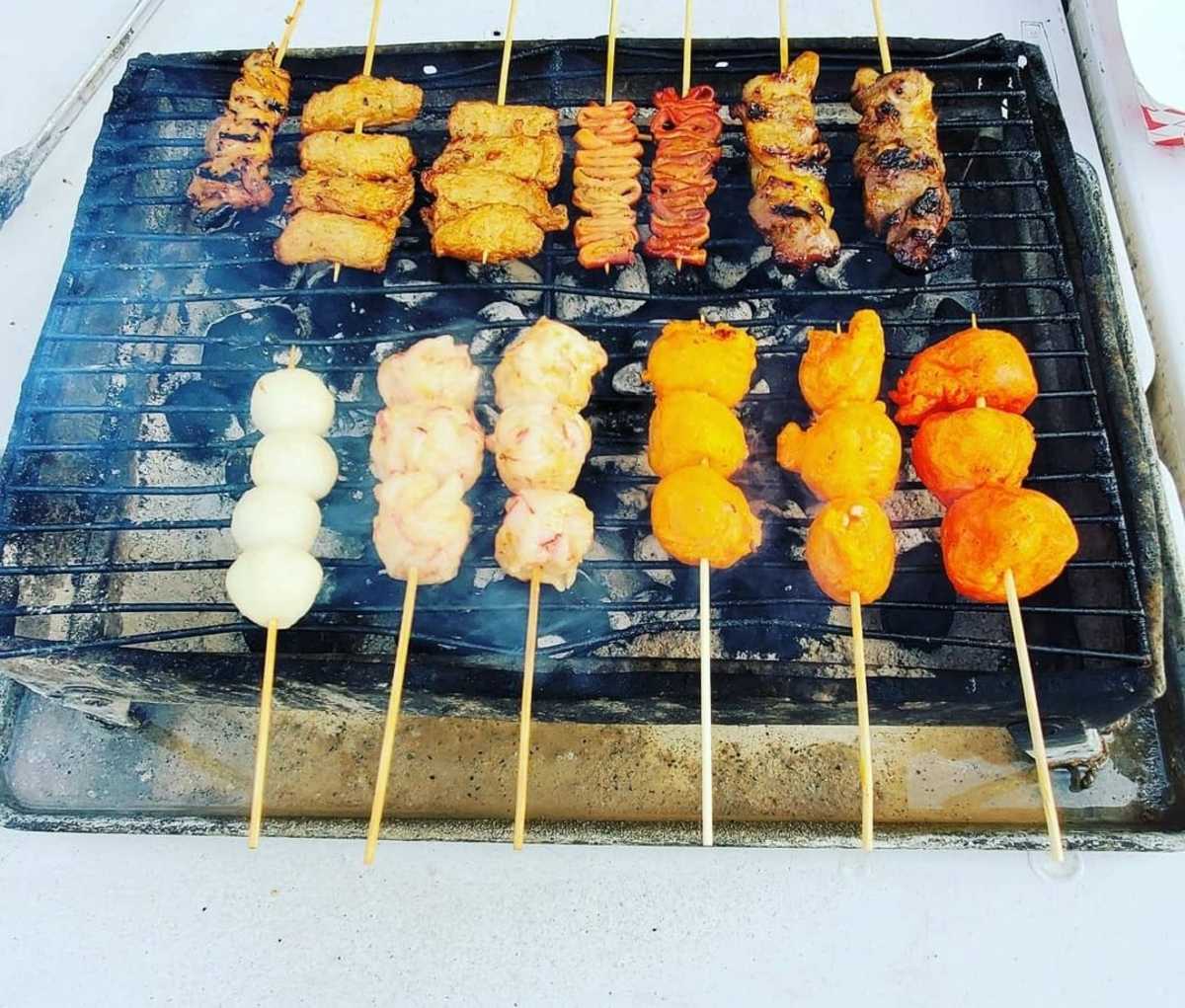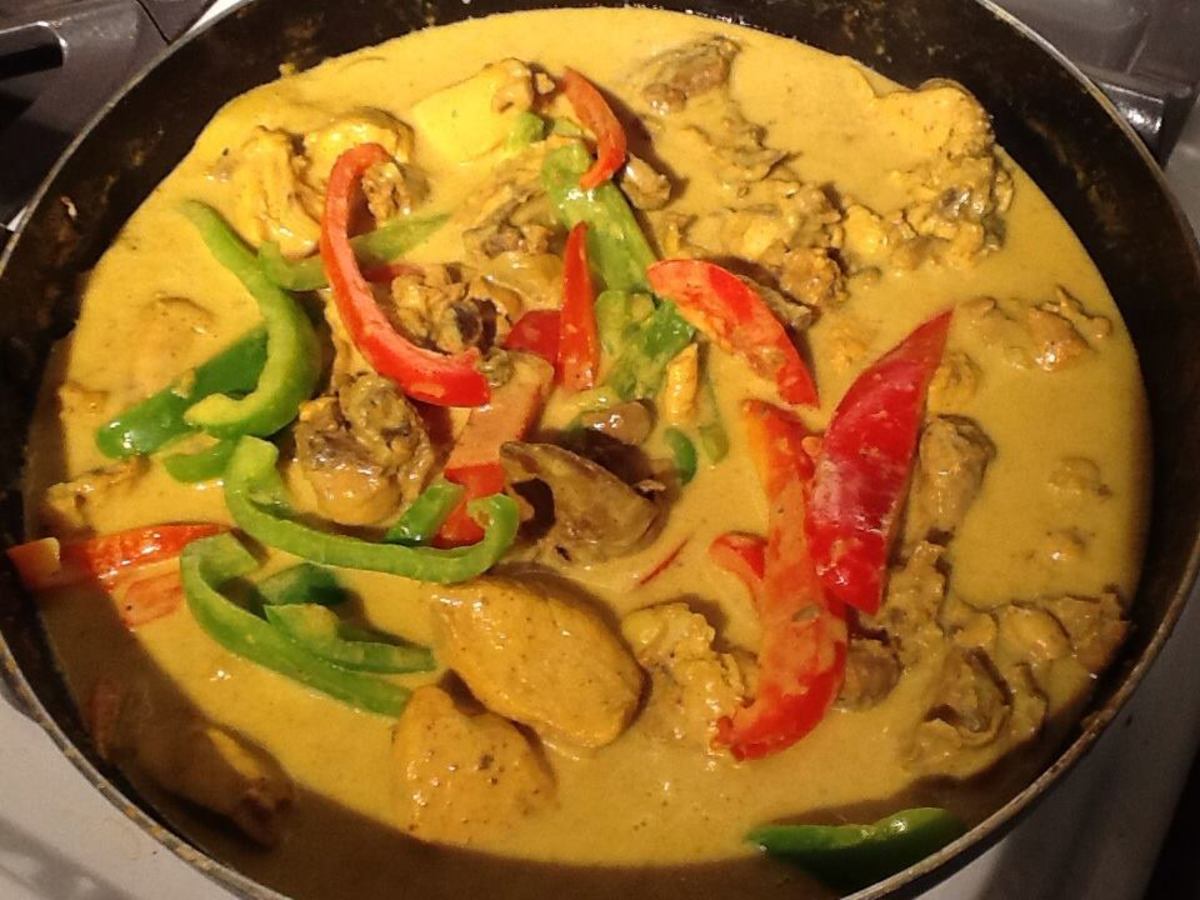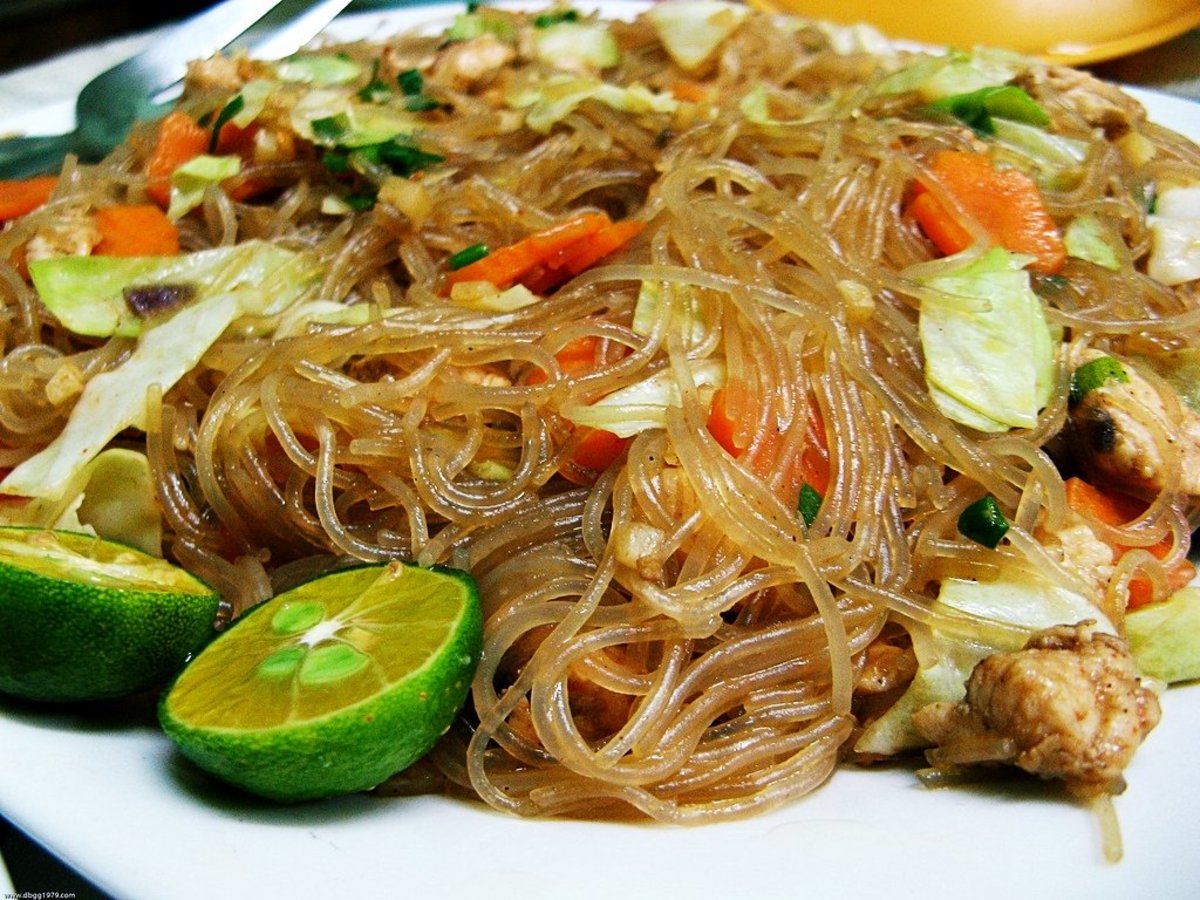- HubPages»
- Food and Cooking»
- World Cuisines»
- Southeast Asian Cuisine
11 Filipino Rice Delicacies You Need To Try
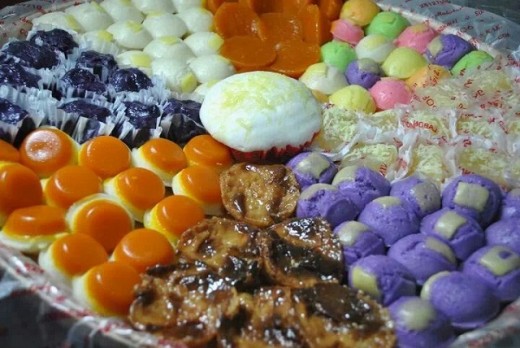
Those sticky rice cakes at the Christmas Eve dinner that is such a hit. These meticulously made delicacies often referred to as kakanin are often made of sweet rice or rice flour.
Kakanin has been a part of every Flilipino occasion from birthday celebrations to the big time holiday celebrations like Christmas and New Year's Eve. These kakanin are also associated with simbang gabi or night masses with kakanin vendors lined outside churches selling different kinds of native Filipino delicacies from the sticky biko to puto bumbong luring church goers after every mass for a bite or to take home for breakfast with a hot cup of coffee.
Every kakanin is tempting and of course delicious. While some of these yummies are meticulously made some are unbelievably easy to make. I could say that as I watch my dad make our traditional kakanin everytime there's a birthday or for the holidays.
Every province too has their own delicacies they are proud of. What are these? Read on and learn the different kinds of favorite Filipino kakanin or native delicacies that's making a hit during Christmas season.
Bibingka
One native delicacy that won't missed celebrations like Christmas and New Year is bibingka.
Made from sweet rice flour, egg, butter with pans lined with banana leaves bibingka is a favorite traditional Filipino food during Christmas season and New Year. Made as plain as that or made extra special with one's choice of topping often grated cheese. Some also add slices of salted egg making each bite an exciting adventure for the taste buds.



Suman
A delicious sticky eat often partnered with sugar. Beautifully wrapped in palm leaves or banana leaves, the process of making suman takes time specially the wrapping. Suman is made from glutinous rice and coconut milk and is often eaten sprinkled with sugar.
It is a favorite breakfast partnered with hot coffee or chocolate during the holiday season.


Bibingkang Malagkit
Another type of bibingka is called bibingkang malagkit where malagkit means sticky. Bibingkang malagkit as to distiquish this bibingka from the other kind which is made from glutinous rice flour.
Bibingkang malagkit is made from glutinous rice or simply called malagkit na bigas (sticky rice). Also why this well loved delicacy is named after the kind of rice used. Cooked in coconut milk, brown sugar and topped with latik which is also known as mamok. But that of course is optional.
Latik or mamok is the brownish coconut milk residue when coconut milk is cooked.


Pinuso
Take your first bite and this could be your new favorite kakanin. If you think the name has something to do with being in a heart shape, you're mistaken. Pinuso is made from grated cassava with sugar and butter wrapped in banana leaves in a triangular shape and steamed. An addictive holiday season food which has originated in the Bicol region.
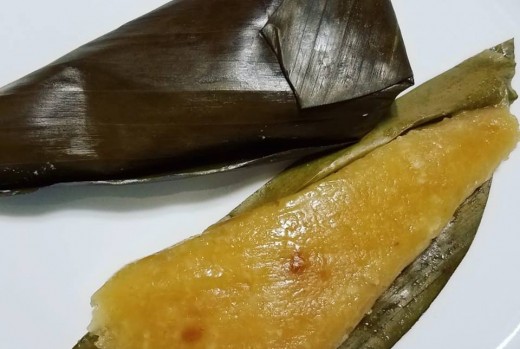
Kutsinta
Round in shape and often in yellowish to orangey color topped with grated coconut.
Kutsinta is one common native delicacy loved as an afternoon snack and a favorite as well on occasions and holiday celebrations.
Kutsinta also spelled kutchinta is a steamed sticky yet chewy type of rice cake made from flour, brown sugar and lye water that is best eaten with freshly grated coconut. Don't forget the food colors and although one can play along with colors, kutsinta is commonly seen in orange to yellow and even purple color.
Go natural
Use anatto for a natural food color and powdered purple yam for the beautiful purple color.

Puto
Puto is another commonly popular Filipino kakanin and snack and is often find alongside kutsinta.
Traditionally made from ground rice, puto is steamed and is best and often eaten topped with grated coconut. Simply made like this, puto can also be made extra special with slices of boiled eggs or cheese. Some even add fun into their puto by making it into a different color. Pandan which is often green in color or purple puto makes a hit as well aside from the usual white.


Puto Bumbong
A type of rice cake associated with holiday seasons as it is often seen sold during the holiday season outside churches.
Puto bumbong sometimes called puto bungbong is traditionally cooked in bamboo tubes, thus giving this delicious rice cake the elongated shape. Puto bumbong is made from purple glutinous rice giving it the beautiful purple color. Puto bumbong is enjoyed with butter, sprinkled with sugar and grated coconut.
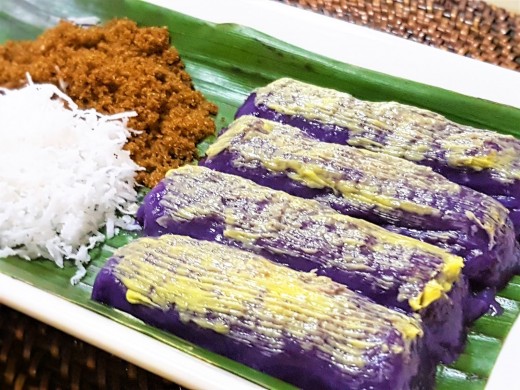
Tupig
Made from glutinuous rice, coconut milk, sugar and grated young coconut, tupig is wrapped in banana leaves and cooked in charcoal.
Tupig is a favorite rice cake snack and is also sought after during the holiday season such as Christmas and New Year.
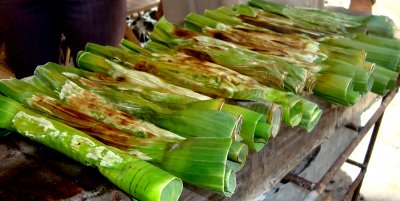
Sapin-Sapin
A colorful rice cake that is again topped with latik or mamok which is the residue left once coconut milk is cooked. Sapin-sapin is also enjoyed with grated coconut milk.
Sapin-sapin usually has three different vibrantly colored layer or sapin which is of different flavors. Most likely where this favorite rice cake got its name from as well, from the word sapin or layered. Sapin-sapin is made from glutinuous rice batter, coconut milk, sugar and milk which is colored and steamed.
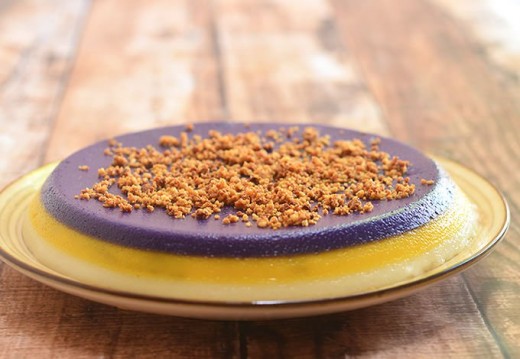
Maja blanca
Maja blanca or simply maja is often sold as afternoon snack although it is also seen present during holiday seasons.
Maja Blanca is made from cornstarch, coconut milk, sugar and condensed milk. Ingredients are boiled starting with the coconut milk and set to cool off and can be chilled. While some prefer toasted coconut flakes others prefer latik or mamok as a topping.
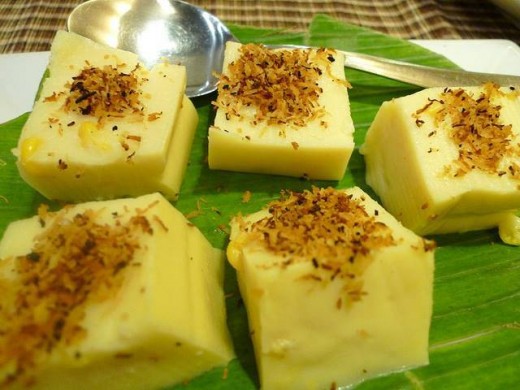
Palitaw
Round but flat, white and sweetened with sugar, topped with grated coconut. Palitaw is a type of rice cake made from glutinous rice though these days using rice flour is preferred as it is easier and more efficient.
Palitaw is shaped into a round flattened dough and cooked in boiling water. The sticky dough floats once it is cooked. Have some fresh grated coconut to roll your palitaw on and sprinkle it with white sugar. It is a favorite delicious afternoon snack.
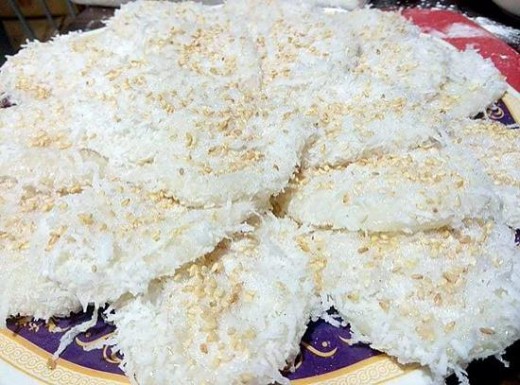
Why is it named palitaw?
The name palitaw came from the Filipino word "litaw" which means to float or appear which is what happens once the palitaw is cooked.
Filipino Delicacies
Can't get enough of all these sticky rice cakes on the list? Start with just a few and find your match. There is that one for sure that your taste buds will crave for.
Something not on the list or want to share a favorite kakanin or a native delicacy that isn't in the list? Share about it on the comment section.

